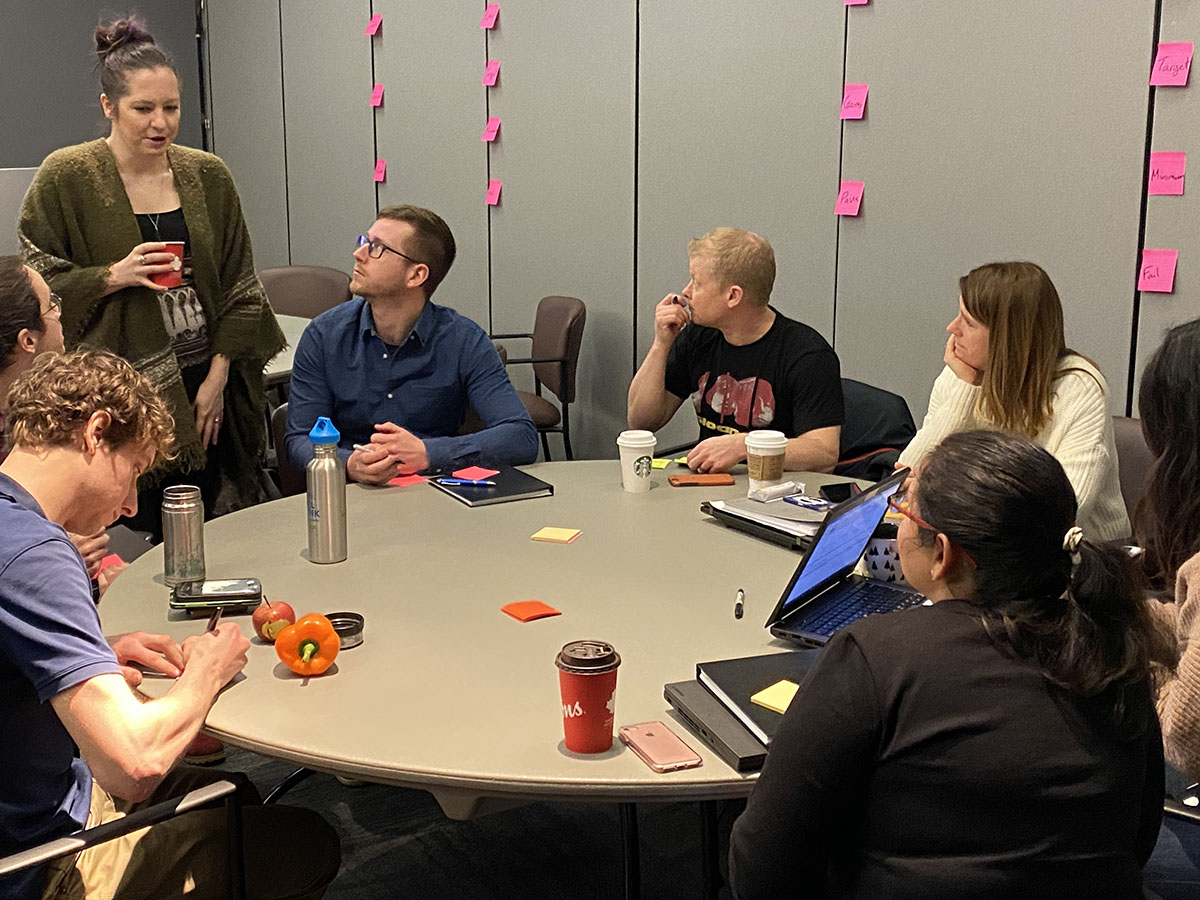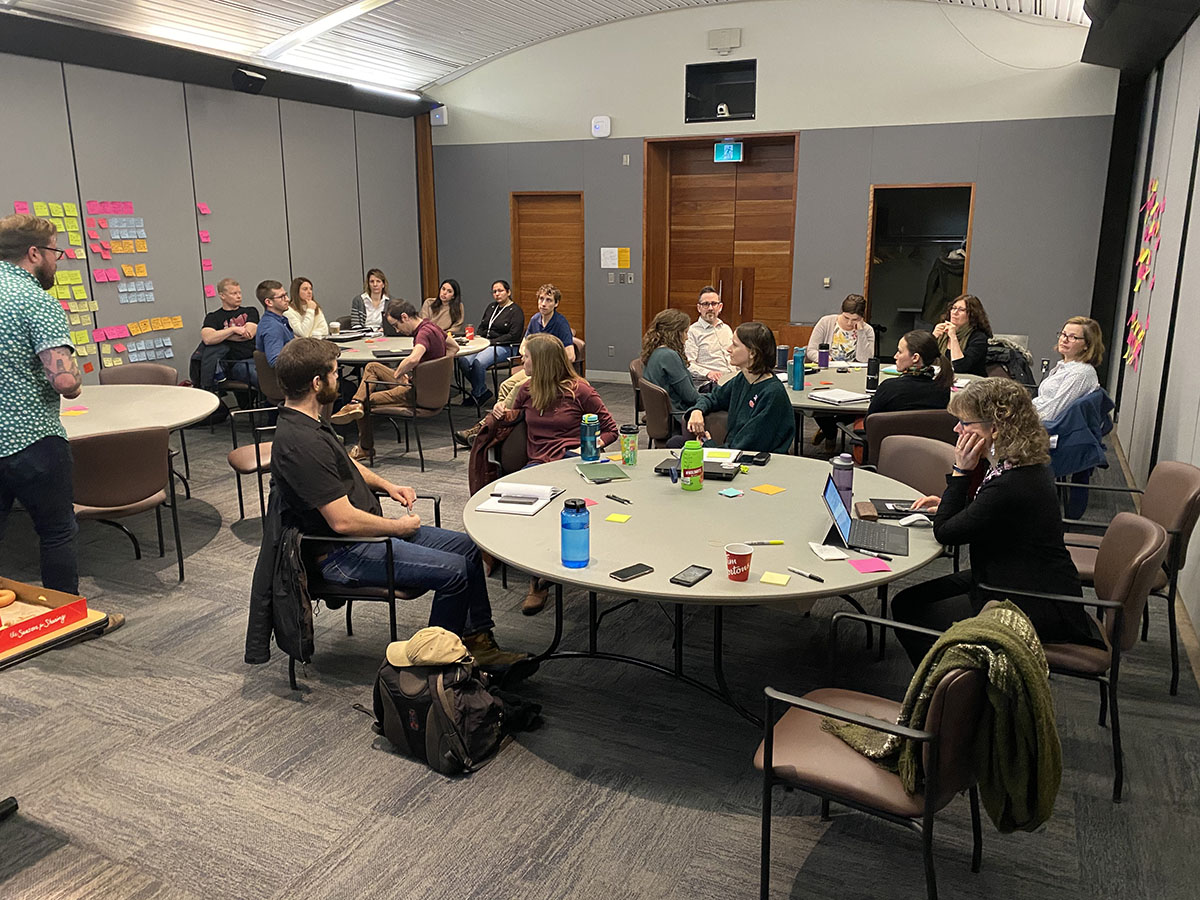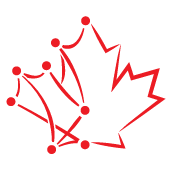First Month at OMAFRA
Background
Our team has been posted to the Ontario Ministry of Agriculture, Food and Rural Affairs (OMAFRA). Specifically, we are working with the Agriculture Development Branch, and focused on crop protection. The challenge faced is that specialists and team members have problems accessing and analysing all the data generated internally and externally. As a result, they face difficulty getting the required insights and analyses to the right stakeholders on time.
In research
After a round of informal introductions, we spent our first day getting signed up with security, and then introduced to our desks, official emails and laptops. After this, we immediately headed off to the first of a good number of meetings.
Cora Loucks, the Surveillance Coordinator and Data Analyst, has been our guide through this process. She has been amazing at putting together meetings with experts and other people who might be helpful. In the past month, we’ve had 3 (three) major types of meetings:
1. Meetings with Crop Specialists

The focus of these meetings has been to determine how they currently retrieve, access and analyse data, as well as publish insights derived from this. To achieve some sort of uniformity, we designed an interview rubric loosely based on our question framework used in our 4-day onboarding sprint.
Our aims were to discover:
- the data lifecycle - how data went from collection to output
- the user groups involved with handling the data
- the pain points across this lifecycle
2. Meetings with Facilitators
Even though these don’t handle the group’s data directly, we also met with departments and team members that are critical to success of our project including:
- the Land Resource Cluster (LRC), which is the IT team assigned to support OMAFRA in the delivery of IT projects
- Digital OMAFRA - which undertakes the execution of the digital strategy for OMAFRA - and is deeply invested in educating OMAFRA staff on digital initiatives and capabilities
- Other groups providing advice on AODA compliance, comms compliance etc
We’ve also had a series of informal meetings with individuals to help us get a sense of the “lay of the land” - what pitfalls to avoid on the road to success, as well as how to get the best out of the resources available in the department.
A Word on Our Government Partners
Our partner team is truly impressive. As mentioned earlier, Cora Loucks has been our primary guide in the ministry. Her work has been outstanding. It’s also right to mention Joanne Handley, Manager of the Horticulture Technology team. She’s provided a steady leadership hand to the project, stepping in when necessary on certain thorny issues.
Our conversations with the specialists introduced us to people who were super-smart, dedicated, and professional. They love their work and all showed a remarkable breadth of expertise, as well as an ability to communicate that was superlative on every level. Their passion for their subject and determination to make the lives and the citizens of Ontario much better was palpable in every conversation.
This is all done within the context of a wide variety of deep challenges to their ability to deliver their best work. Everything from technology challenges, staffing and budget issues, or complicated processes and bureaucracy all contribute to slowdowns in work. In spite of this, our partners consistently find ways to make the system work for them and the citizens of Ontario. They’re proper hackers - cobbling together solutions and tech tools, and working the system to get the best results they can. In that way, we’re kindred spirits - and we are optimistic about our ability to work with them to develop a winning solution.
Sprint Zero

The aim of the sprint was to reveal pain points across the entire group, as well as align expectations with our primary user group. We also took the opportunity to expose our government partners to some agile techniques.
Over the course of the day, we ran two exercises - the success spectrum, and value proposition framework - sub-dividing our partners into 3 groups to make it easier for everyone to have their voice heard.
The reception to the event was outstanding, with one of the specialists providing this tongue-in-cheek commentary, “I usually don’t like anything with sticky notes but this was not a complete waste of my time”.
His colleagues said it was high praise. We’ll take it.
More importantly, we had three outcomes from Sprint Zero:
- even more clarity as to how the wider department viewed their goals, the blockers to achieving them, and what they would like this project to achieve
- alignment of the above across various sub-teams and specialists
- an appreciation for this method of generating insights - a member of the government partner team asked us to teach them how to run a similar session for one of their meetings.
Planning for Transition
As a team, we determined that we wanted to be laser-focused on delivering sustainable solutions. As a result, we are working very hard to ensure that we’re able to hand over this project to an organisation that’s configured to be able to take it to completion. To do this, we’re doing two things:
- Commencing a series of bi-weekly training workshops to increase technical capacity within the branch. Topics include:
- Tech Jargon 101: how to look smart at a dinner party when you say “Machine Learning”, “AI”, “the Cloud”
- Intro to Agile (and how can you use it in your job every day)
- Coordinating with the IT teams within the organisation to ensure that
- there’s the software development capacity to carry on the project
- we’re building with the technologies and tools that will be sustainable after our departure
What’s Next?
Over the course of the next 4 weeks, we aim to wrap up the research phase of the project. While patterns have begun to emerge from our interviews with the crop specialists, we are spending the next few weeks interviewing growers and members of grower associations. They play two critical roles in the data lifecycle. On one hand, some of the growers are the primary data sources for specialist analysis. On the other hand, growers are also the primary audience for most of the research and analysis conducted by specialists.
We’ll also continue the work of synthesizing the insights we’re gleaning from our interviews into a broad theory around the problem, key pain points, and where we should focus our energies.
